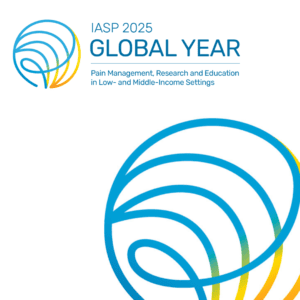The study objective was to determine whether burrowing behavior is useful as a functional index of pain in both male and female rats, and whether a 'no-training' protocol can be used to increase testing efficiency. Adult Sprague-Dawley rats were injected in one or both hindpaws with oil vehicle or complete Freund's adjuvant (CFA); starting the next day, the amount of gravel each rat burrowed out of a tube in 1 h was measured daily for ≤7 days. Without preliminary training on the burrowing procedure, CFA reliably suppressed burrowing for 2-3 days compared to controls, in both sexes. However, whereas unilateral CFA completely suppressed burrowing 1-day post-CFA in nearly all males, bilateral CFA was required to do so in females. When administered 30 min before testing, once daily for 5 days post-CFA, the nonsteroidal anti-inflammatory drug ketoprofen (0.01-3.2 mg/kg) and the opioid morphine (0.1-3.2 mg/kg) significantly increased CFA-suppressed burrowing, whereas the purported cannabinoid analgesic Δ9-tetrahydrocannabinol (0.01-2.0 mg/kg) did not. The benzodiazepine chlordiazepoxide (1.25-10 mg/kg), included as a 'true negative' control, also did not restore CFA-suppressed burrowing in either sex. However, in CFA-treated males only, chlordiazepoxide decreased burrowing, suggesting that anxiety may contribute to burrowing in males but not females that are in pain. Overall these results suggest that burrowing is a valid, functional index of inflammatory pain in both sexes, and training on the burrowing procedure is not necessary. However, females are more avid burrowers than males, which should be considered when both sexes are used in inflammatory pain testing.
- Membership
- Publications
- Resources
- Education
- Event Calendar
- Outreach
- Global Year
- Pain Management, Research and Education in Low- and Middle-Income Settings
- Sex and Gender Disparities in Pain
- Integrative Pain Care
- Translating Pain Knowledge to Practice
- Back Pain
- Prevention of Pain
- Pain in the Most Vulnerable
- Pain Education
- Joint Pain
- Pain After Surgery
- Global Year Campaign Archives
- My Letter to Pain
- IASP Statements
- ICD-11 Pain Classification
- National, Regional, and Global Pain Initiatives
- International Pain Summit
- Pain Awareness Month
- Global Year
- About
- For Pain Patients and Professionals

